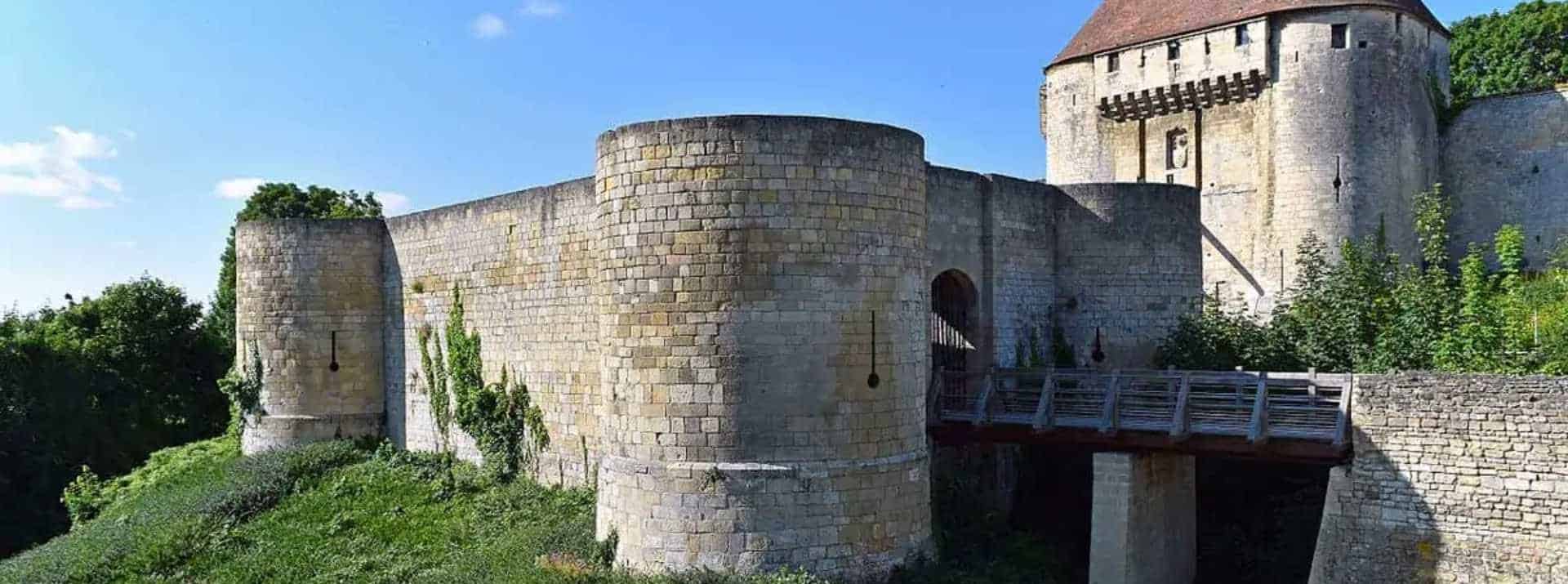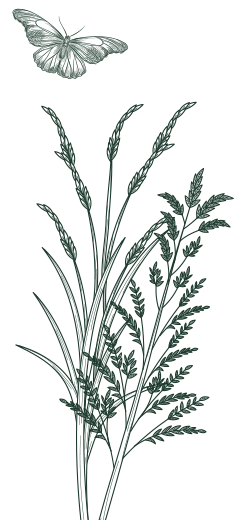
Caen Castle

History of Caen Castle
The history of the castle of Caen begins almost 1000 years ago. Around 1060, at the request of William the Conqueror, a citadel was built on a hillock dominating the surroundings. Its goal is to strengthen its position in Western Normandy. In the 12th century, England took over the duchy of Normandy. William the Conqueror’s son added a keep and a great hall. Philippe Auguste reclaimed the fortress in 1204 and modernized it.
The castle was then used by a governor and now has an administrative role. When the Hundred Years’ War began in the 14th century, the fortified castle found a key role in the defense of the region. The castle was taken by the English in 1417 and then recovered by France in 1450. From then on, it experienced several conflicts and served as both a prison and a military garrison. The revolutionaries seized it several centuries later, on July 18, 1789, and also used it as a prison before the castle returned to purely military use. At the end of the 19th century, a unit of infantrymen settled there. Other military units followed, and the Château de Caen became the Lefebvre barracks.
Occupied by Germany during the Second World War, the château was bombed and shot at. After the war, the barracks were destroyed and the castle was restored. The Musée de Normandie and then the Musée des Beaux-Arts moved there in the 1960s. Archaeological excavations have been trying to reveal the castle’s hidden secrets over the years.
Visit of the castle and the museum of Normandy
The layers of time are obvious when you enter the castle of Caen by its drawbridge. You will be able to admire there the door of the Fields and the door Saint-Pierre, the ruins of the keep. It is particularly pleasant to take a leisurely stroll in the garden of simplicity or on the artillery terrace.
The Normandy Museum is a history museum with beautiful archaeological and ethnographic collections. You can learn about daily life in the region, from prehistory to the Middle Ages and the 20th century. It occupies several interesting rooms of the castle, such as the rooms of the governor’s house and the rooms of the rampart. St. George’s Church houses the information center. The Exchequer Room is also accessible.
The Museum of Fine Arts contains a fine collection of European paintings and an important collection of prints. Outside is the sculpture park. Not to be missed during your visit to Caen Castle: the view of the city from the belvedere and the illumination of the ramparts at night!
Information, rates and schedules
The castle grounds are open to the public, and only the museums charge admission. The Musée de Normandie is open Tuesday to Friday, 9:30 a.m. to 12:30 p.m. and 1:30 p.m. to 6 p.m., and on weekends and public holidays, 11 a.m. to 6 p.m. Admission to the Musée de Normandie’s permanent collection costs €3.50 for standard admission and €3.50 for reduced admission.
Young people under 26 years of age get in free. The first weekend of each month is also free for all. A pass combining the Normandy Museum and the Fine Arts Museum is available from 6€ for the normal price.
The château is located in the heart of the town, 36km by car from the 4-star L’Escapade campsite. From the campsite, just go south to the D9 to the east. This road joins the N13 which leads to Caen.
It takes around half an hour to reach Caen Castle, a visit not to be missed during your camping vacation in Calvados.



